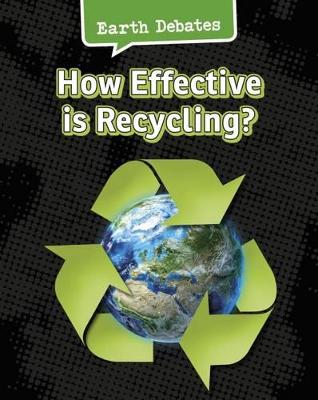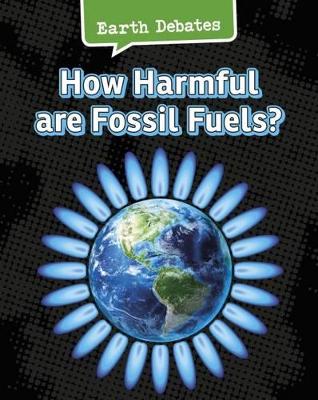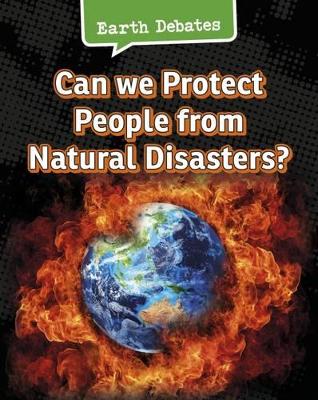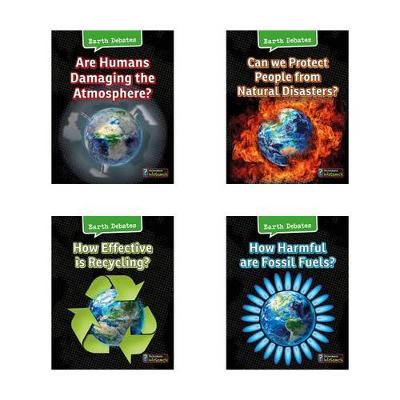Earth Debates
5 total works
How do we end up eating plastic bags? What is ‘e-waste’? How do we recycle plastics? This book discusses recycling in a world that has an increasing amount of waste, looking at how effective we are globally at recycling and highlighting issues such as the dangers of recycling toxic or hazardous waste, the potential of ‘blackwater’ treatment and the use of new building materials that are sustainable, such as guadua bamboo.
Is burning coal still harmful today? What is fracking? What do we do when fossil fuels run out? This book looks at the potentially harmful implications on the state of our planet from the use of fossil fuels, discussing in depth the various techniques of fossil fuel extraction such as longwall mining for coal, the major effects of oil leaks and spills on the ocean and the reason for the heated debate about fracking. The book also looks at alternative energy sources such as biofuels, hydroelectric power and even a new type of rocket fuel.
Car, train, ship or aeroplane – which form of transport is most harmful to the atmosphere? What do farming techniques such as agrochemicals do? What is ‘acid rain’ and what are effects of it? This book takes a look at the impact that our modern world is having on our surrounding environment, from our use of fossil fuels and our increase in global food production and building work, to the rise in our transport production. Discover what steps scientists and engineers, and even ordinary people, are taking to develop sustainable solutions to these problems, from replastering festivals to buildings bound together using horse hair!
What turns a flood event into a flood disaster? What can be done to protect crops from pests and fire? How do scientists detect likely tornado formation inside a thunderstorm? This book discusses natural disasters such as tornadoes, hurricanes, volcanoes, floods and droughts and looks into how scientists use their technology to try and protect people from them, such as seismology to detect earthquakes and sensors on buoys at sea to detect water pressure changes in the lookout for tsunamis, and whether these measures that are taken are effective or proactive enough.




